Introduction
Cryptocurrency has become a rapidly growing field, attracting attention from both seasoned investors and beginners. As the market expands, understanding the most popular cryptocurrencies is essential for anyone interested in entering the industry, especially those looking to participate in BTC solo mining and other blockchain activities. In this article, we’ll introduce mainstream cryptocurrencies and explore how Lucky Miner offers the best crypto mining hardware for those involved in solo lottery mining.
What Are Mainstream Cryptocurrencies?
Mainstream cryptocurrencies are digital currencies that have gained significant adoption and recognition in the market. The most well-known of these is Bitcoin (BTC), but others, such as Ethereum (ETH), Litecoin (LTC), and Dogecoin (DOGE), have also gained a solid foothold in the digital economy. These cryptocurrencies are built on blockchain technology, which enables secure and transparent transactions without the need for intermediaries like banks.
Bitcoin, the first cryptocurrency, remains the most valuable and widely recognized. It operates on a decentralized network using a proof-of-work consensus mechanism, where miners validate transactions and add them to the blockchain. Mining Bitcoin requires high computational power, which is where efficient crypto mining hardware like the Lucky Miner comes into play.
How Lucky Miner Supports BTC Solo Mining and More
For those looking to get involved in BTC solo mining, the right crypto mining hardware is crucial. The Lucky Miner ASIC miner machine is designed for high performance, with features that enhance mining efficiency. With a powerful hash rate, low power consumption, and an advanced cooling system, Lucky Miner provides the perfect solution for miners who prefer to operate independently without joining a pool.
-
High Hash Rate: The Lucky Miner offers a high hash rate, which is essential for solving complex cryptographic puzzles quickly and efficiently. This performance is crucial for BTC solo mining, where miners compete to validate transactions and earn rewards on their own.
-
Low Power Consumption: Mining operations are energy-intensive, but Lucky Miner is optimized for energy efficiency. By reducing power consumption, Lucky Miner helps miners minimize electricity costs, making it an ideal choice for long-term solo mining operations.
-
Cooling System: The cooling system ensures that the Lucky Miner operates at an optimal temperature during extended mining sessions. This is important for maintaining the longevity and stability of the hardware.
These features make Lucky Miner the best solo lottery miner for those who want to mine independently, maximize efficiency, and ensure the smooth operation of their mining rigs.
Mainstream Cryptocurrencies: An Overview
While Bitcoin remains the most well-known cryptocurrency, there are several other mainstream digital currencies that are worth understanding for anyone looking to dive into the crypto world:
-
Ethereum (ETH): Known for its smart contract functionality, Ethereum has become a key player in decentralized applications (dApps) and decentralized finance (DeFi). It uses a proof-of-work mechanism similar to Bitcoin but is transitioning to a proof-of-stake model to improve scalability and reduce energy consumption.
-
Litecoin (LTC): Often referred to as the silver to Bitcoin’s gold, Litecoin is a peer-to-peer cryptocurrency that offers faster transaction speeds and lower fees compared to Bitcoin. It remains popular for its simplicity and accessibility.
-
Dogecoin (DOGE): Originally created as a joke, Dogecoin has gained significant popularity thanks to its active community and the support of figures like Elon Musk. While it’s not as widely used as Bitcoin or Ethereum, it continues to be a prominent cryptocurrency in the market.
Understanding these mainstream cryptocurrencies is essential for anyone looking to get started in the crypto world, whether for trading, staking, or BTC solo mining. With the right mining hardware, like Lucky Miner, you can get involved in these networks and start earning rewards for validating transactions.
Why Choose Lucky Miner for Mining?
For those who want to mine cryptocurrencies like Bitcoin, Ethereum, or Litecoin, having the right crypto mining hardware is key to ensuring success. Lucky Miner is designed for miners who want to maximize performance and minimize energy costs. Whether you’re engaging in BTC solo mining or interested in other cryptocurrencies, Lucky Miner provides the tools needed to succeed.
-
High Hash Rate: With a powerful hash rate, Lucky Miner ensures that miners can process transactions faster and more efficiently, maximizing the chances of solving cryptographic puzzles and earning rewards.
-
Low Power Consumption: By optimizing power consumption, Lucky Miner reduces electricity costs, making it an ideal choice for miners who want to keep operating expenses low while still achieving high mining efficiency.
-
Cooling System: The advanced cooling system prevents overheating, ensuring that your mining equipment runs smoothly for longer periods without the risk of malfunction.
These features make Lucky Miner a reliable and effective tool for anyone looking to mine solo lottery style, especially in the competitive world of BTC solo mining.
Conclusion
Mainstream cryptocurrencies like Bitcoin, Ethereum, Litecoin, and Dogecoin continue to shape the digital currency landscape. Whether you're interested in trading, staking, or BTC solo mining, understanding these digital assets and having the right crypto mining hardware is essential. Lucky Miner offers the best solo lottery miner for miners who want to maximize performance with high hash rate, low power consumption, and a reliable cooling system. With Lucky Miner, you can ensure that your mining operations are both efficient and productive, helping you stay ahead in the fast-evolving crypto space.


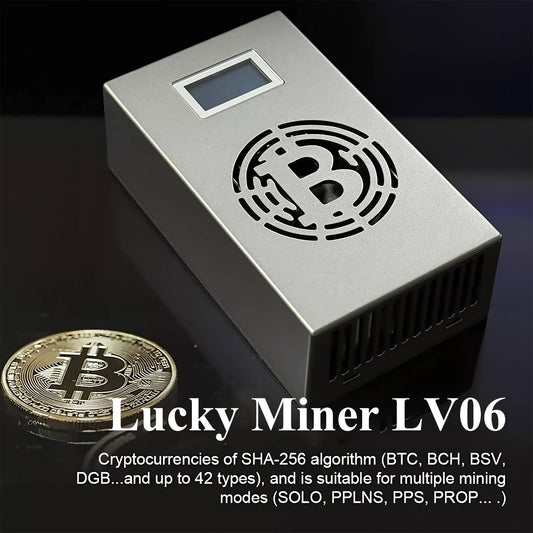


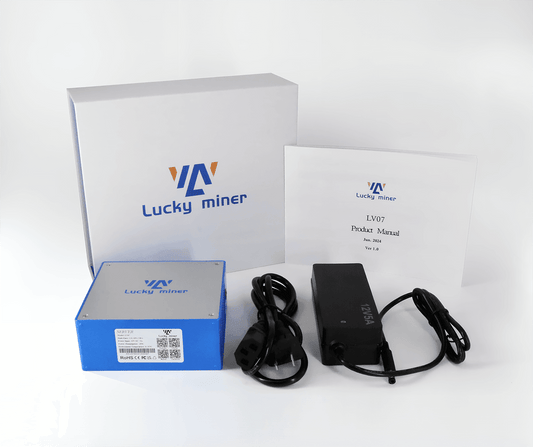
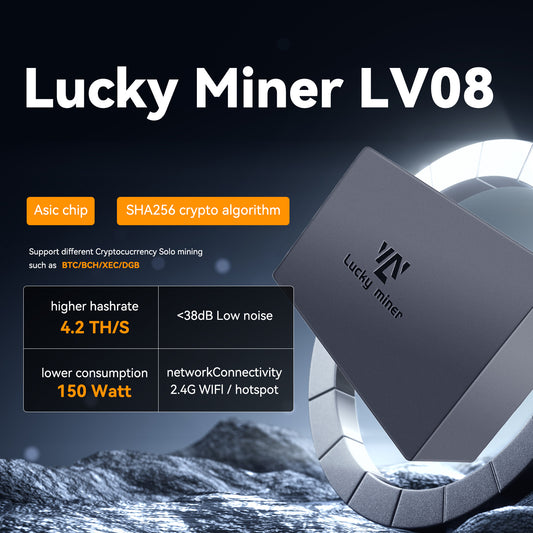
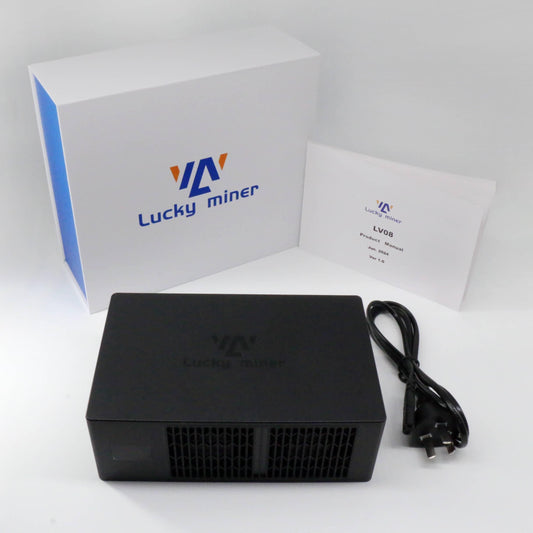
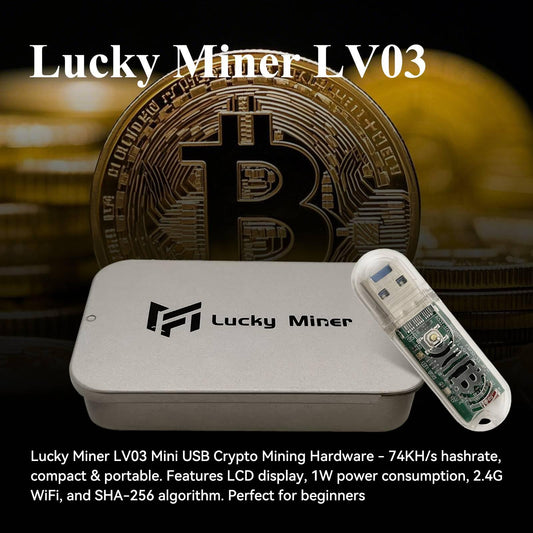

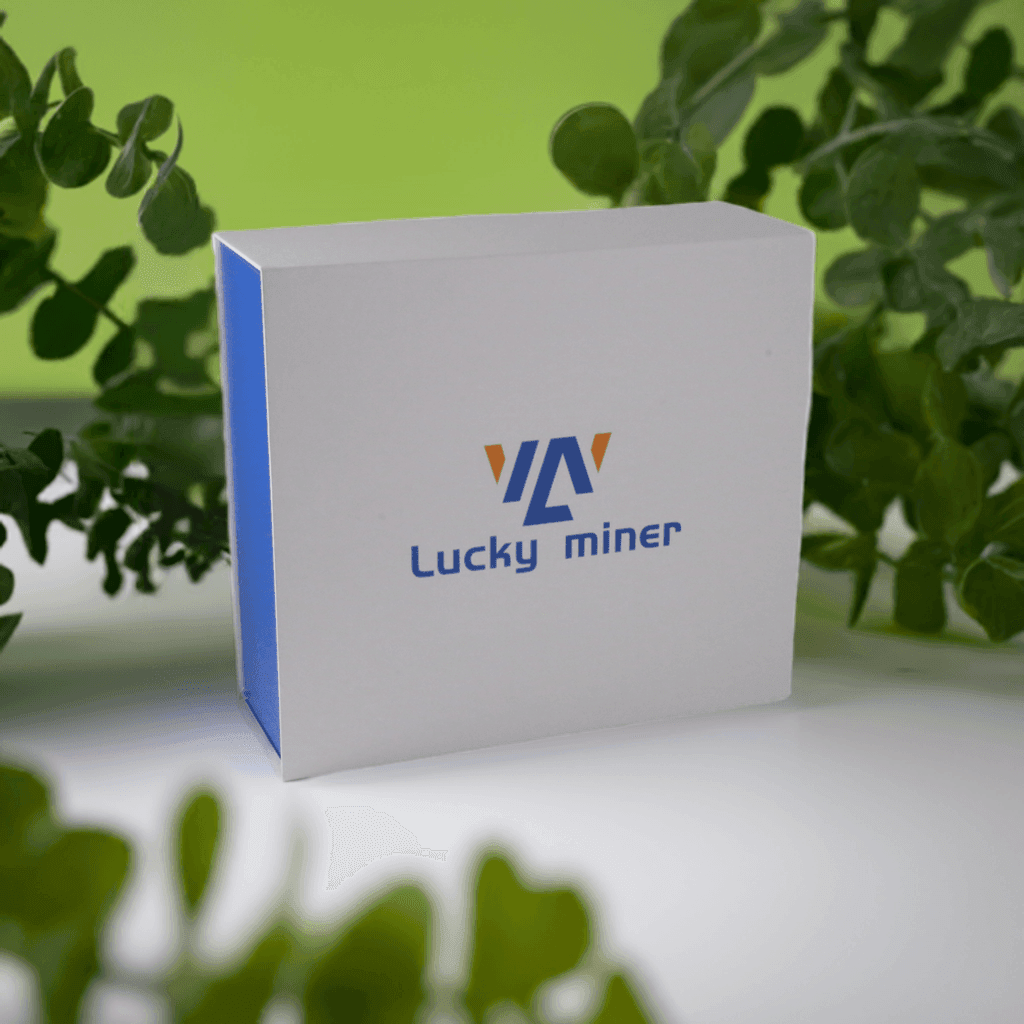
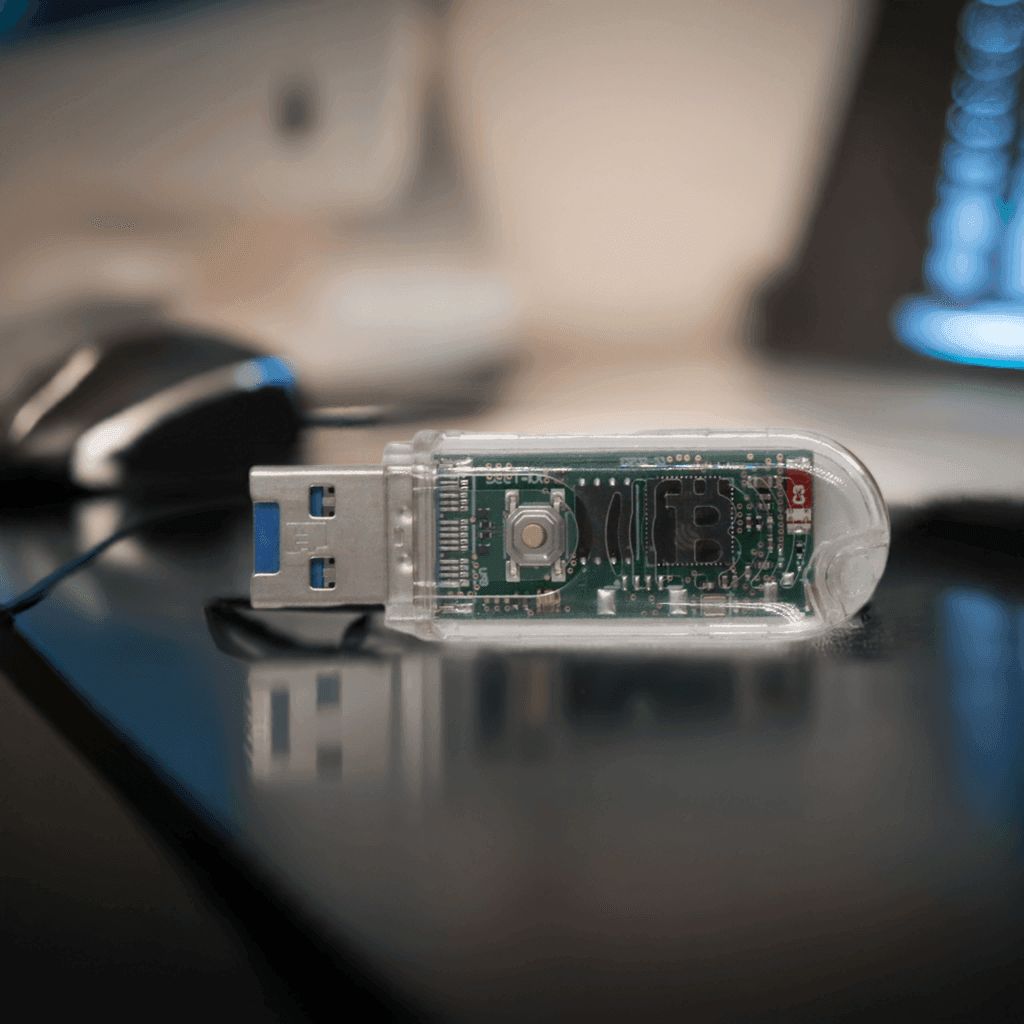


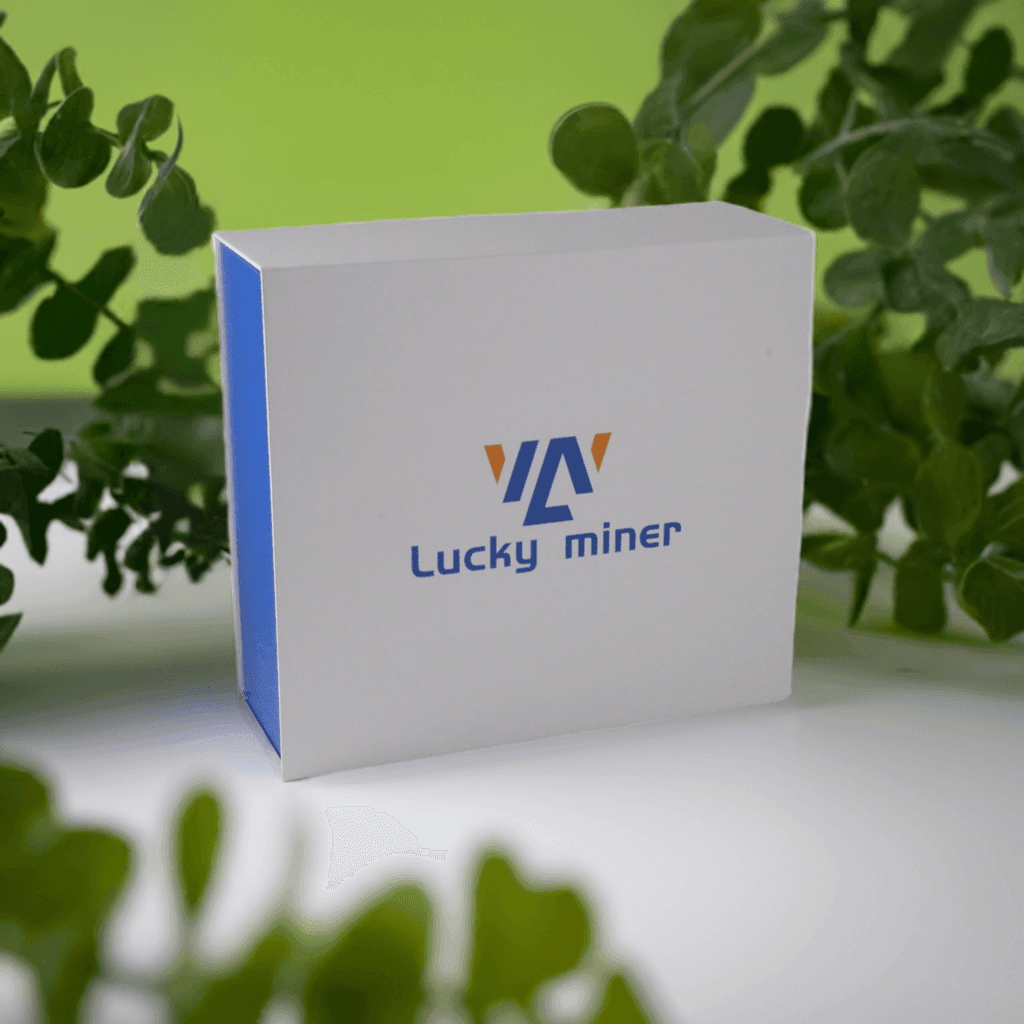




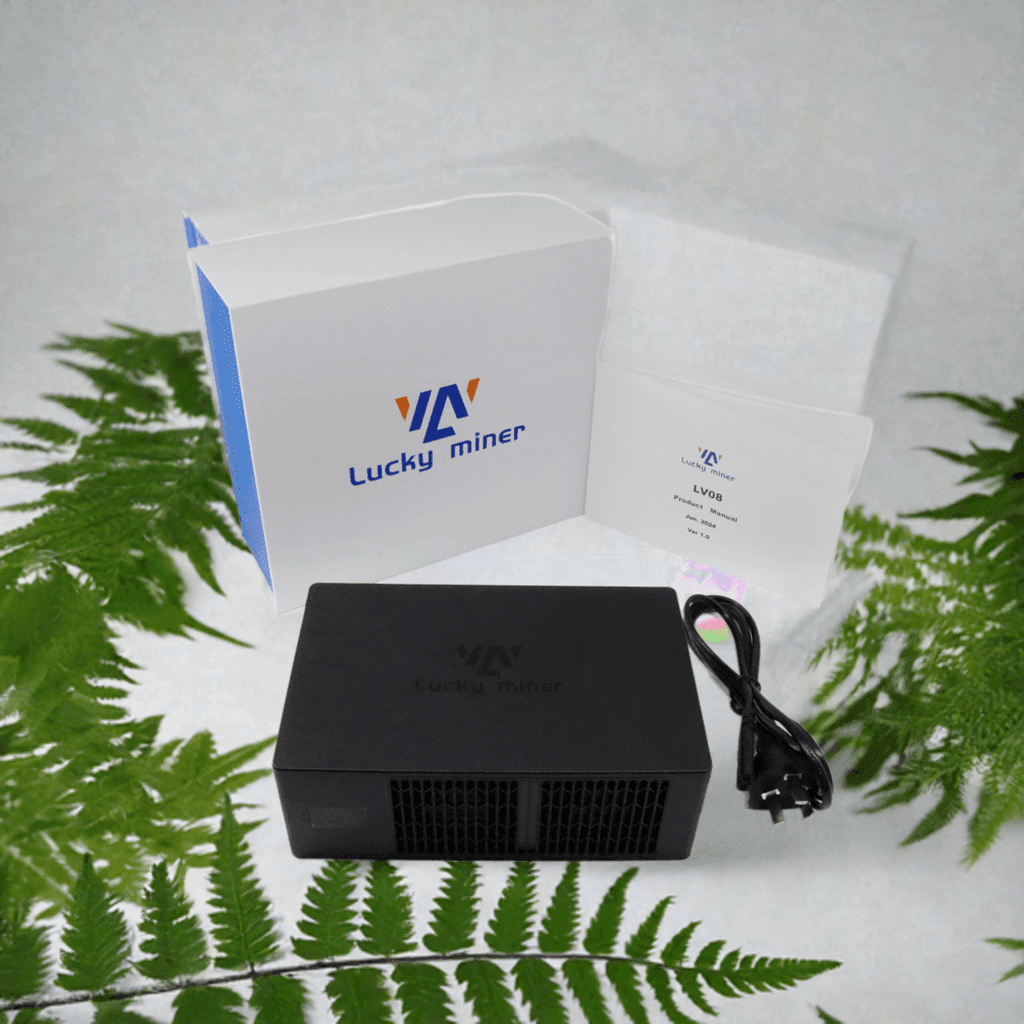


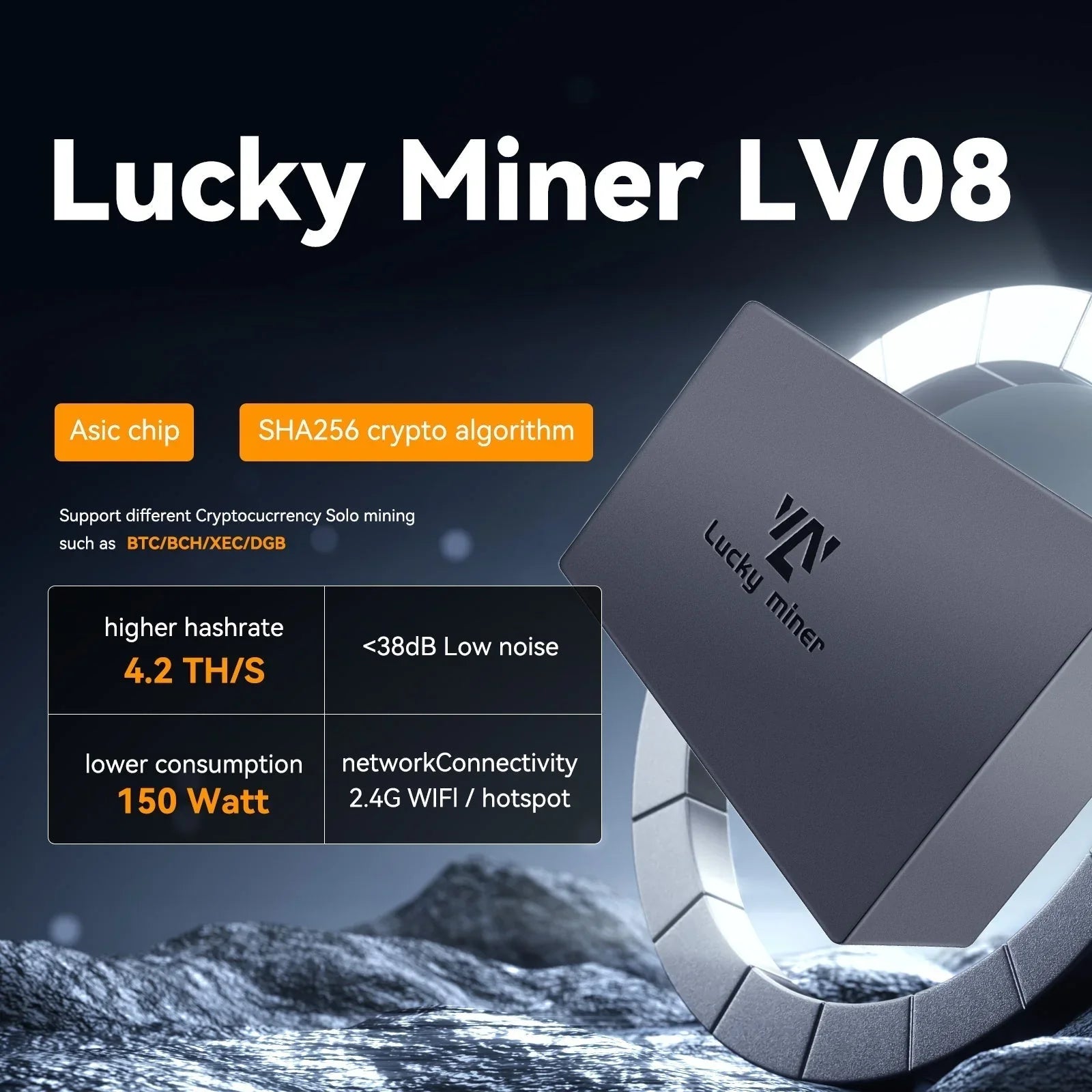

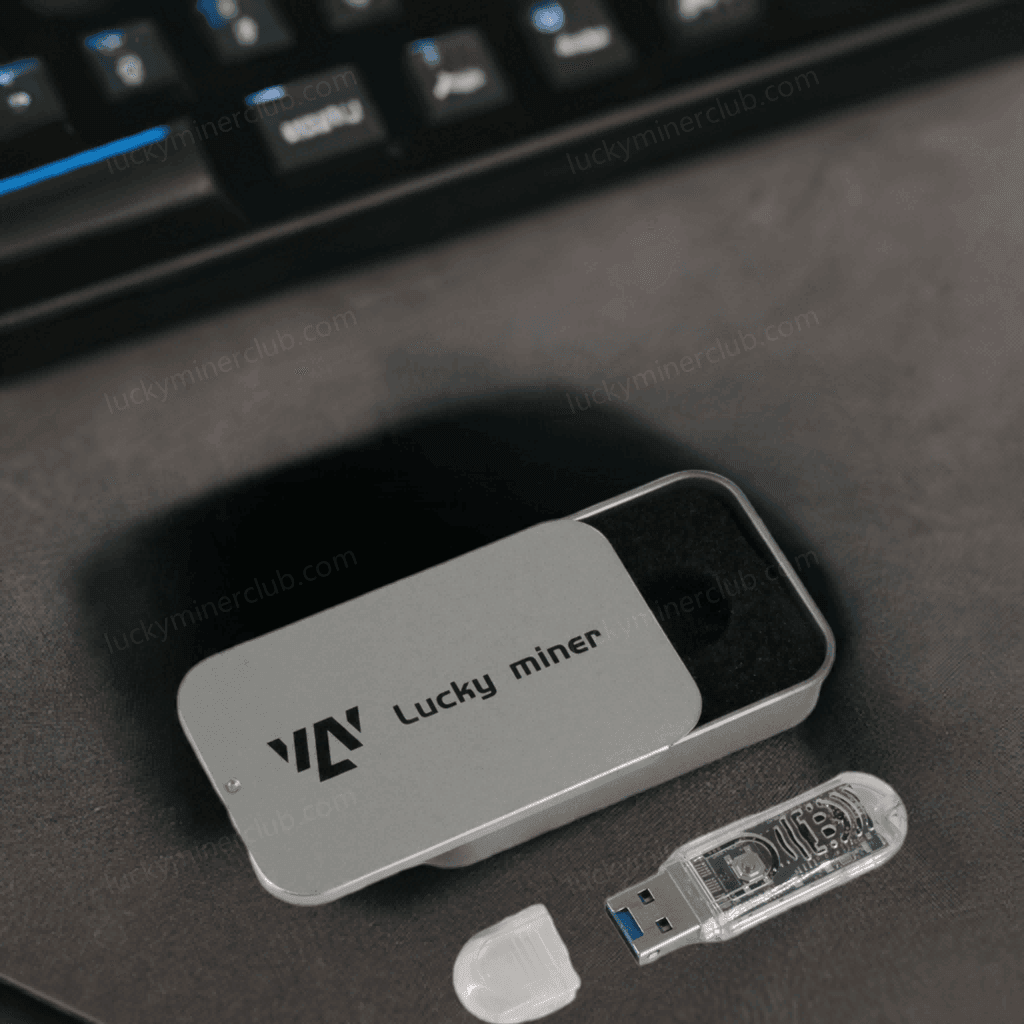
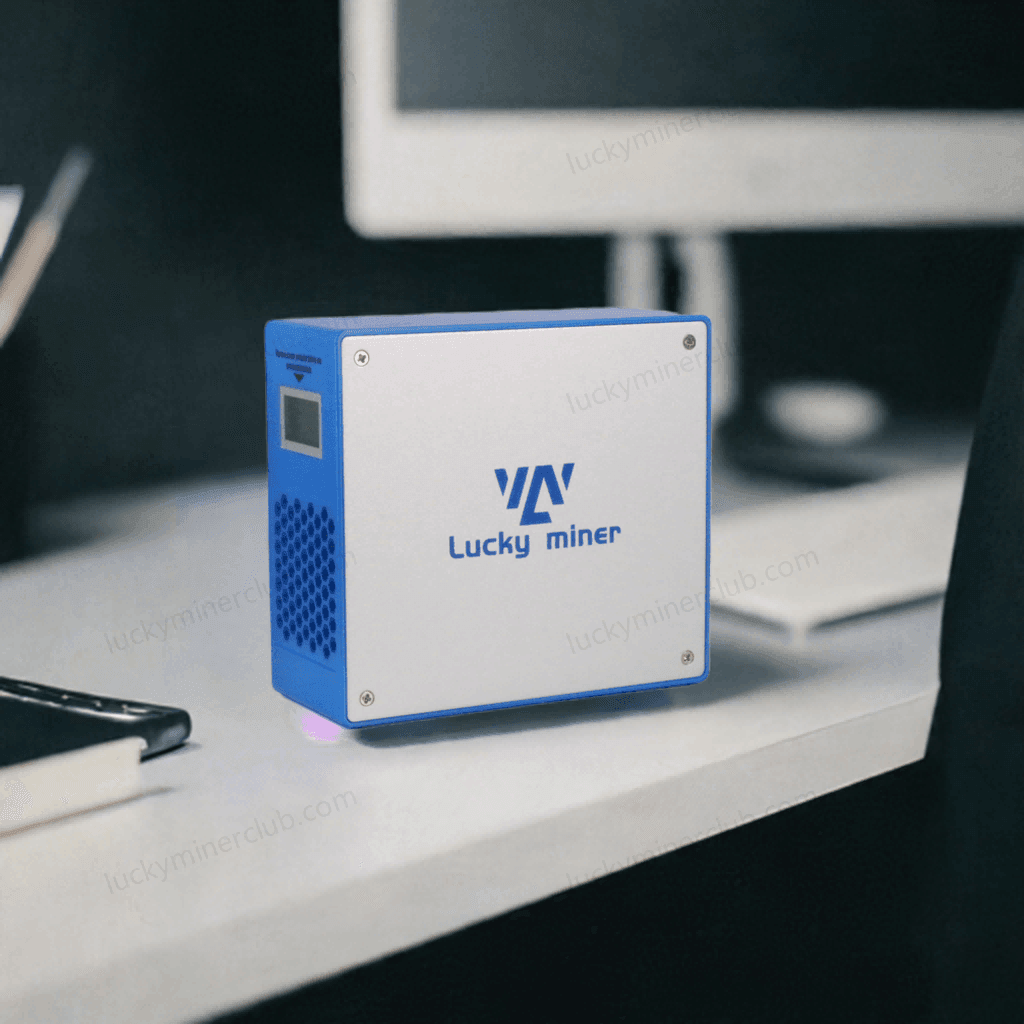
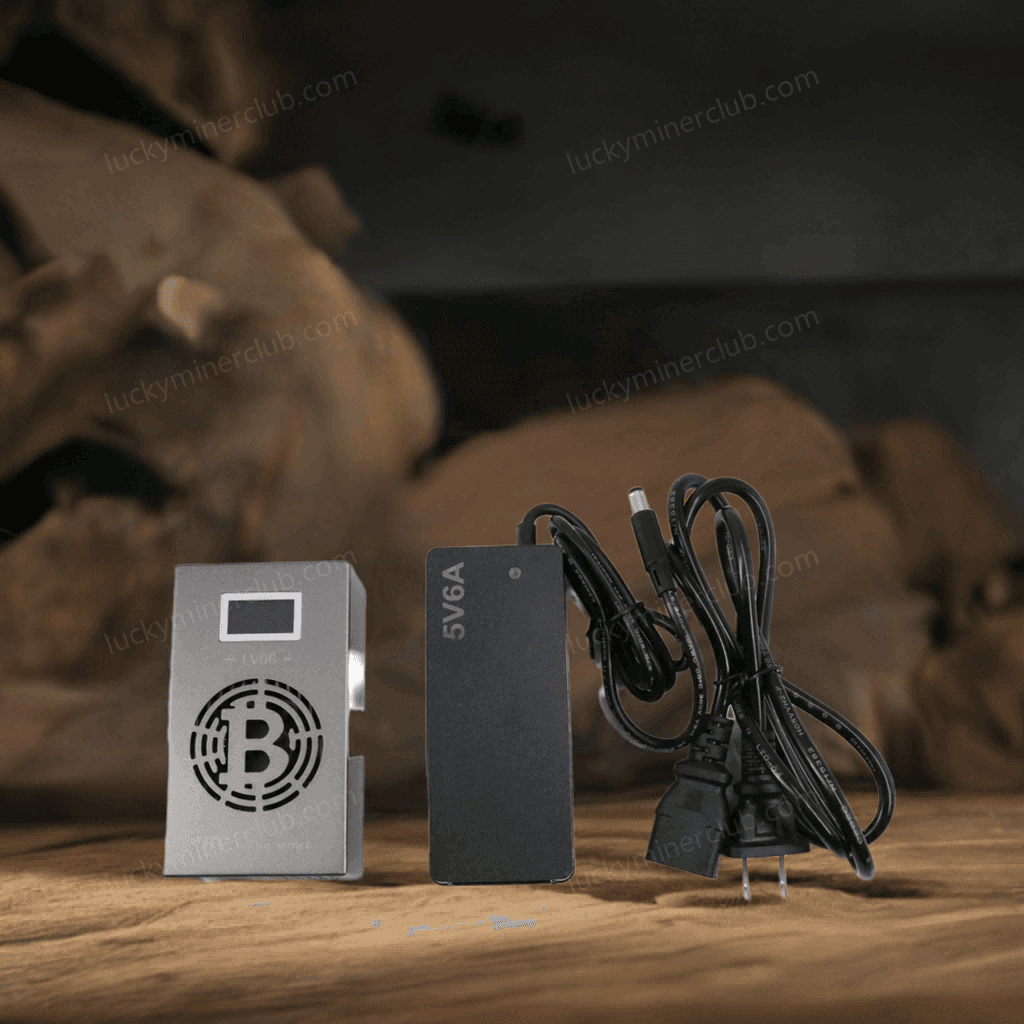

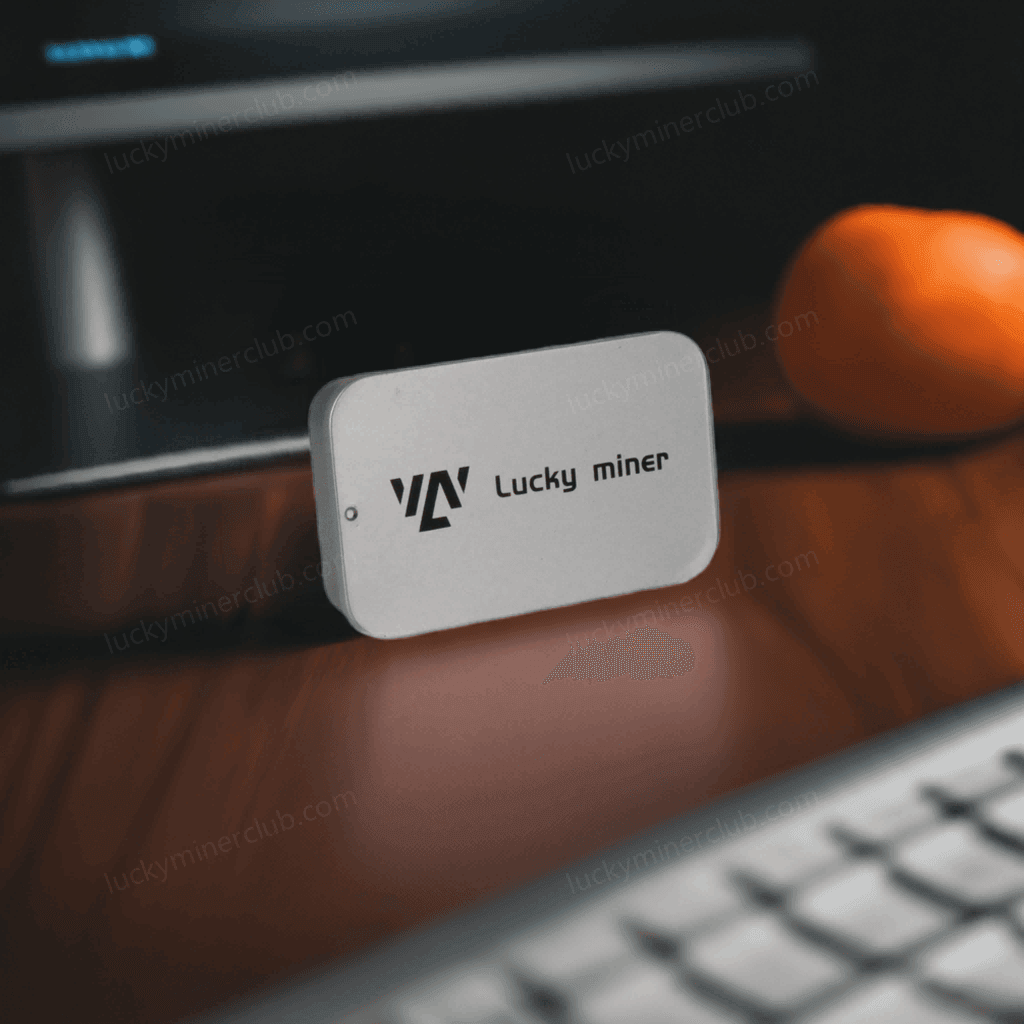
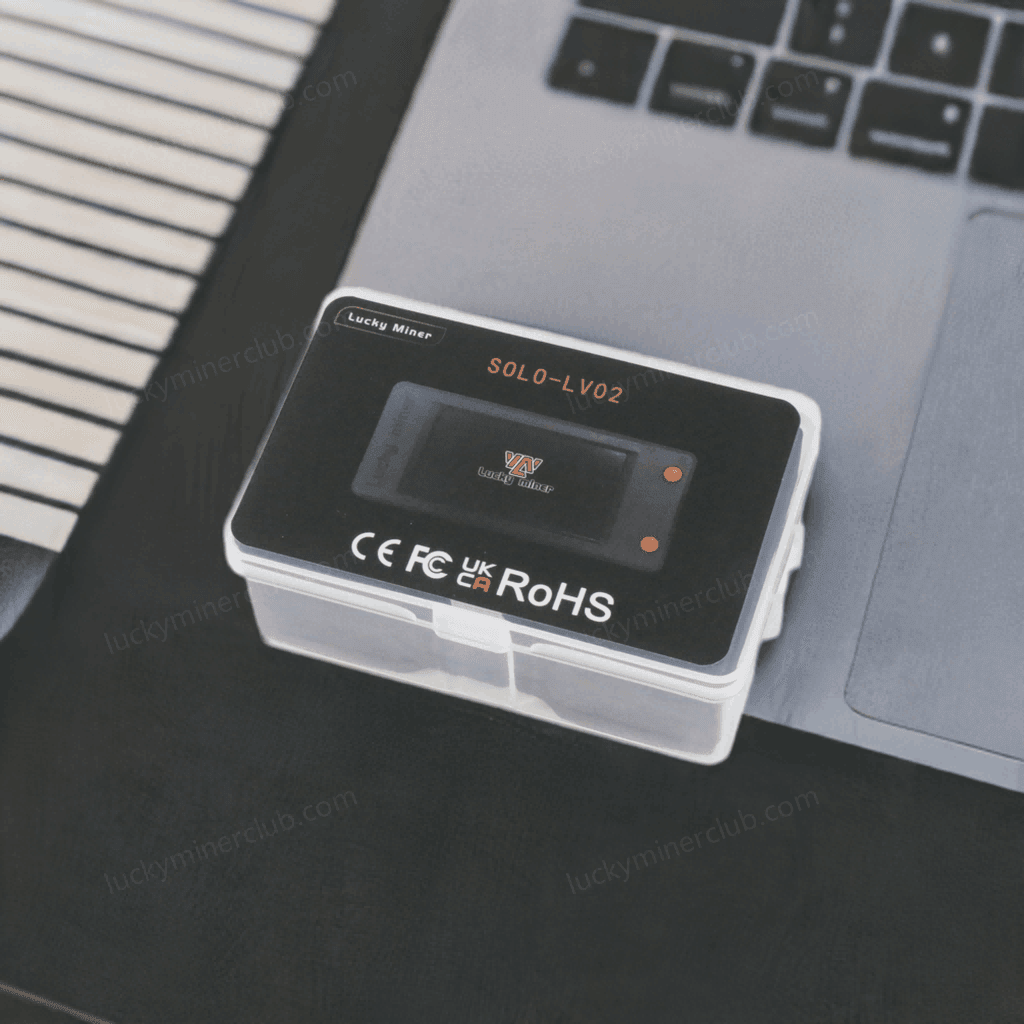
Leave a comment